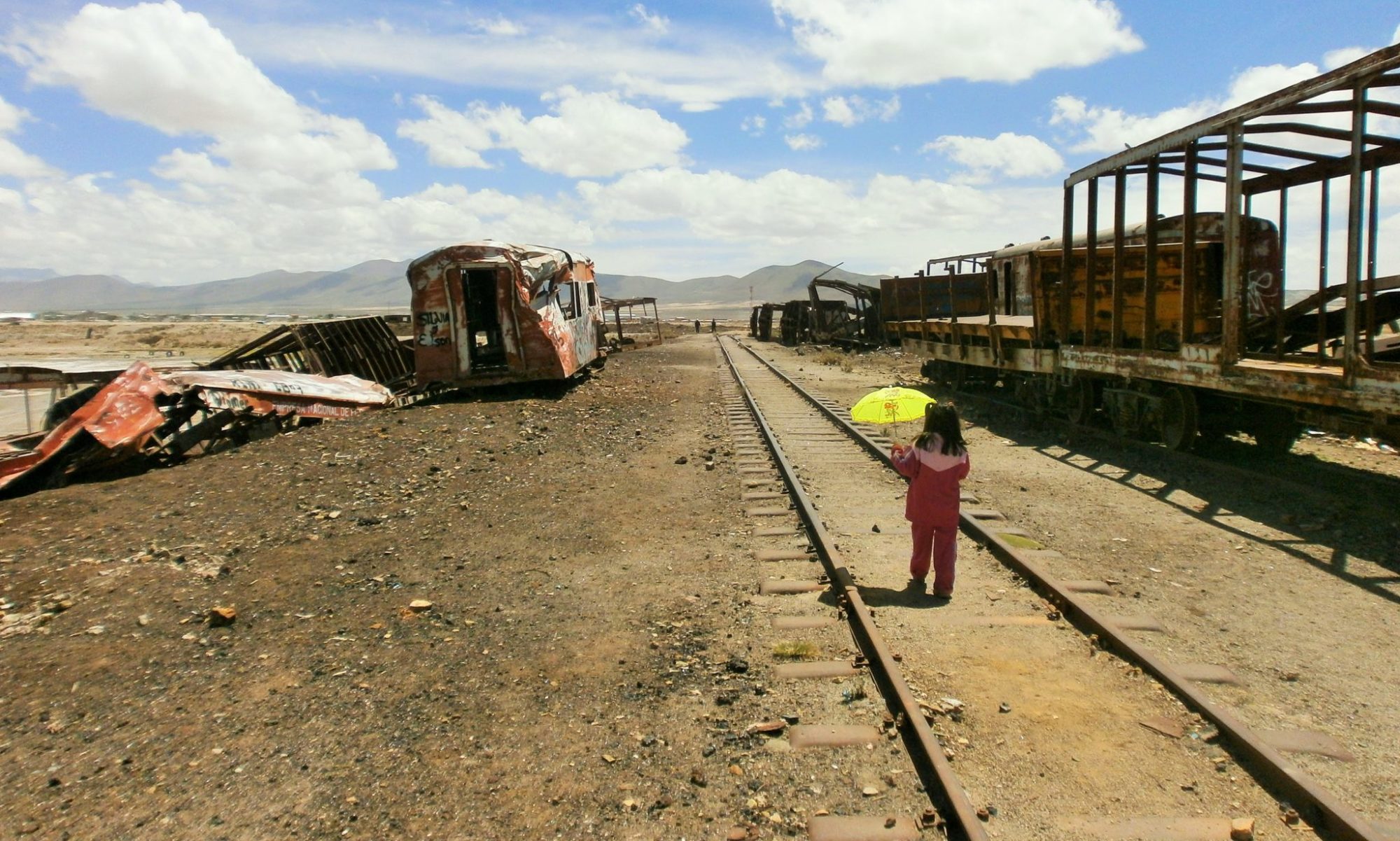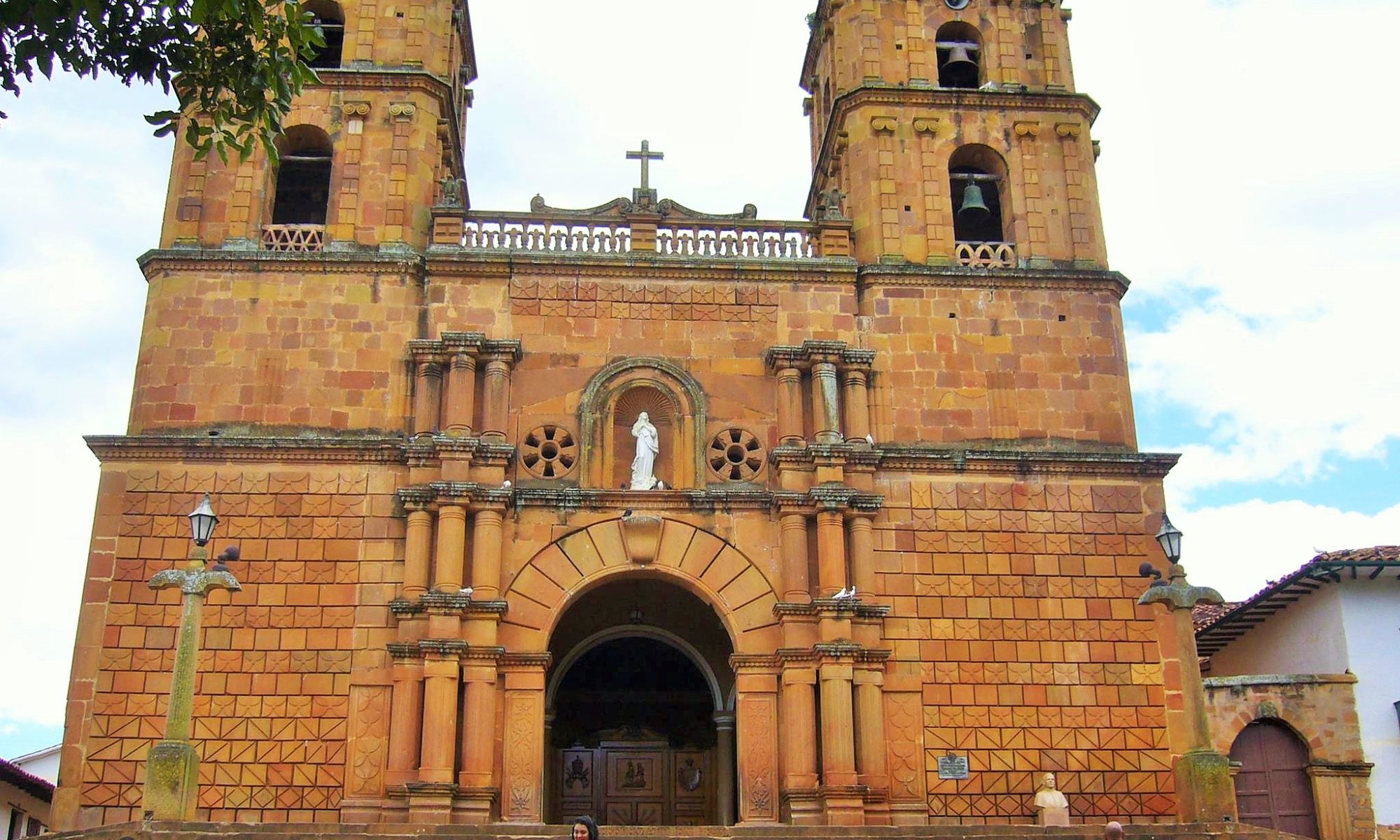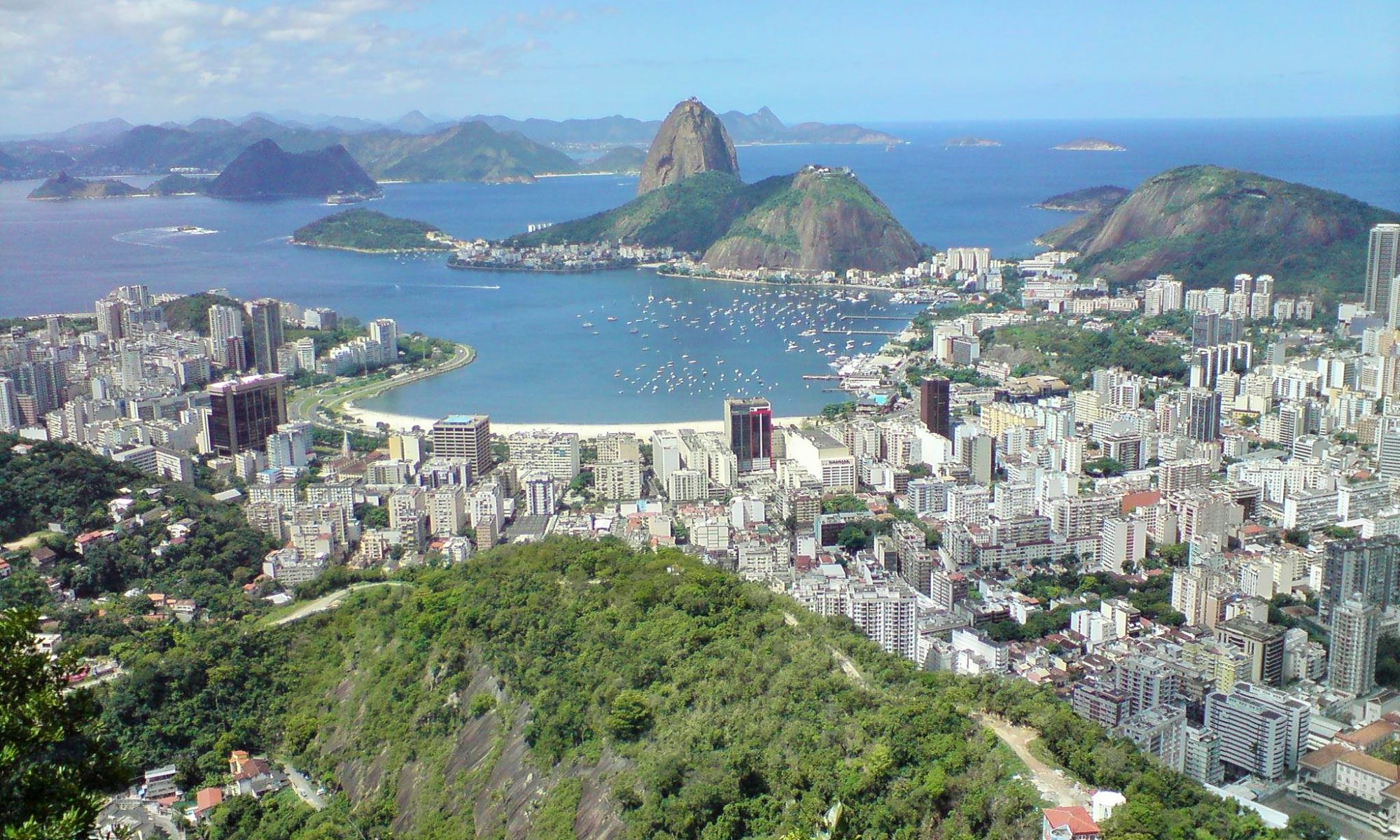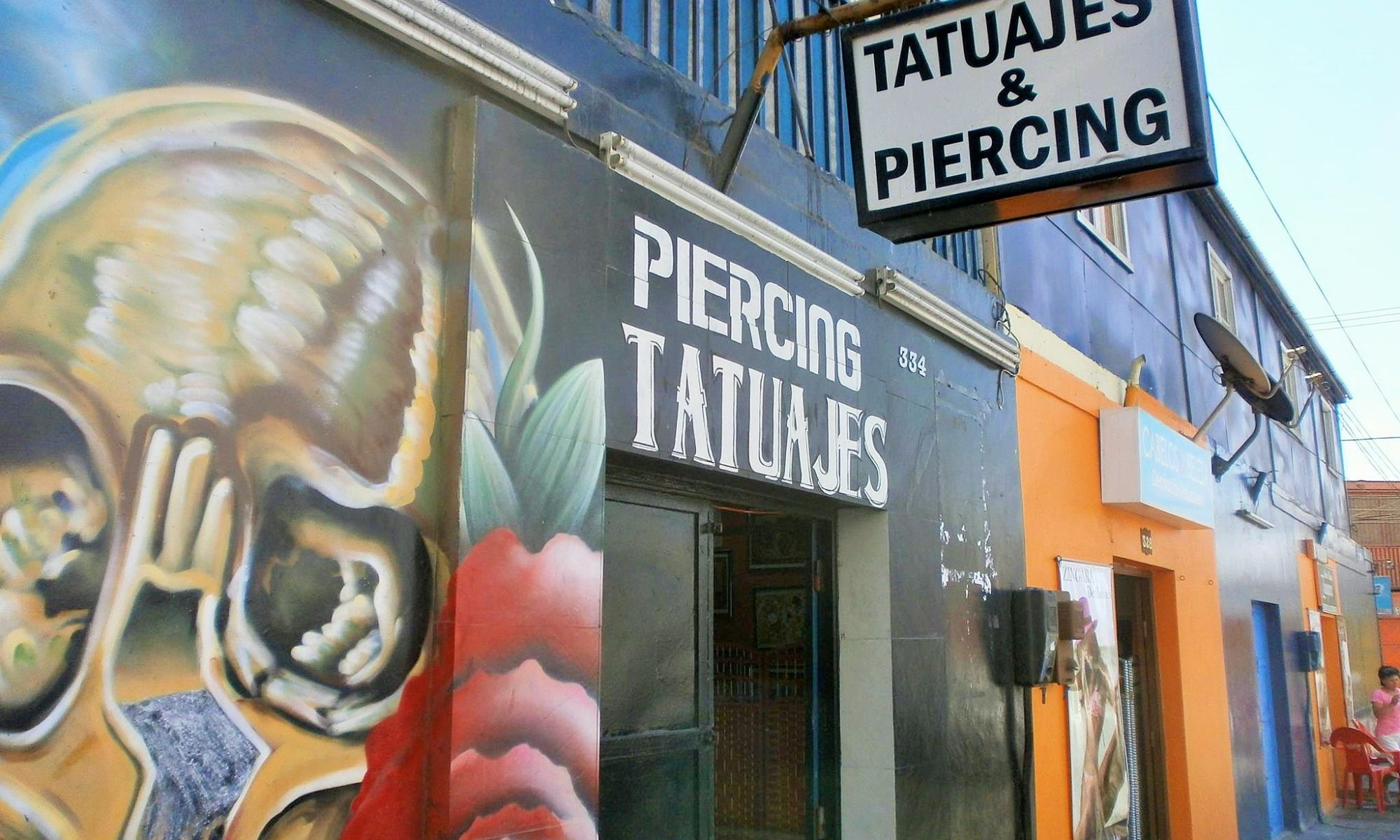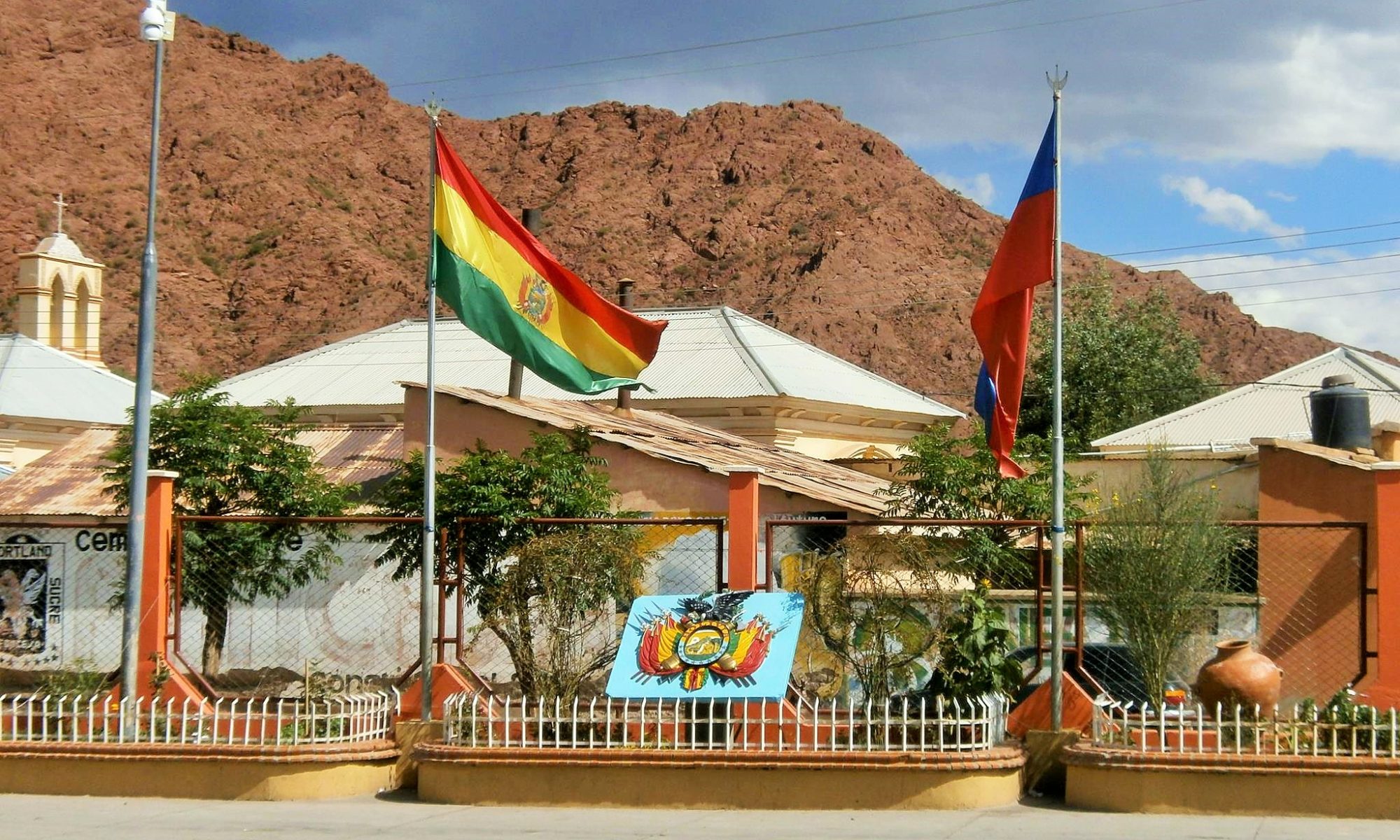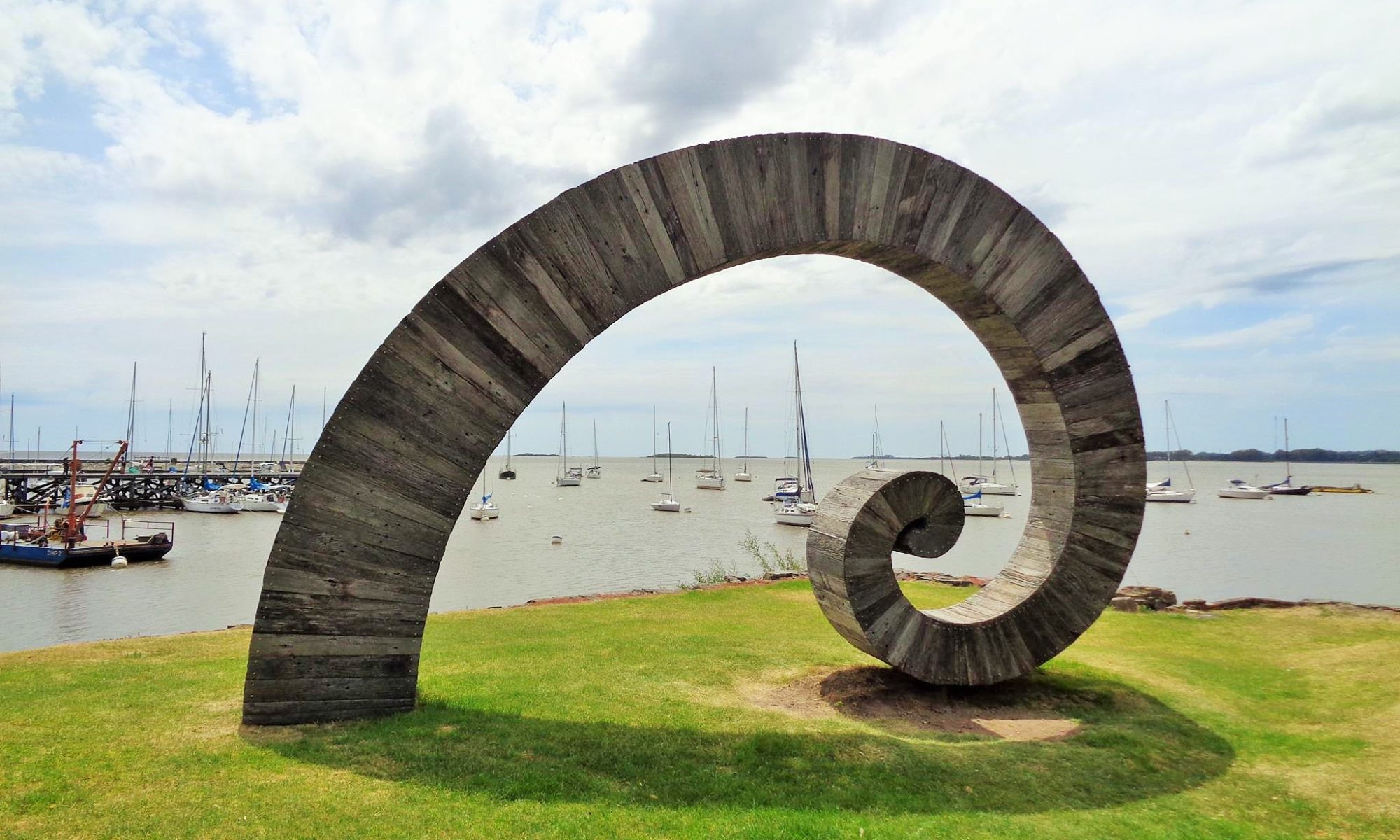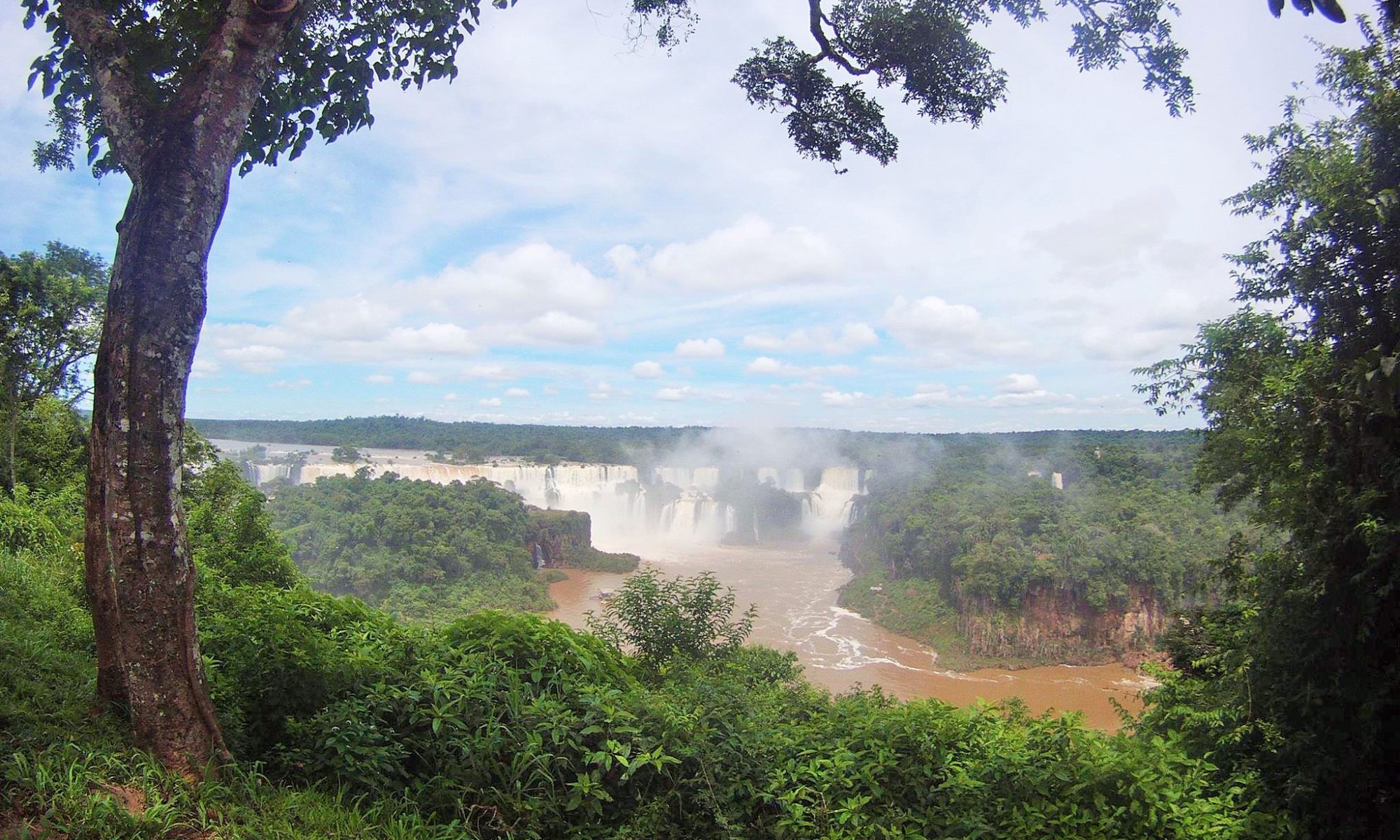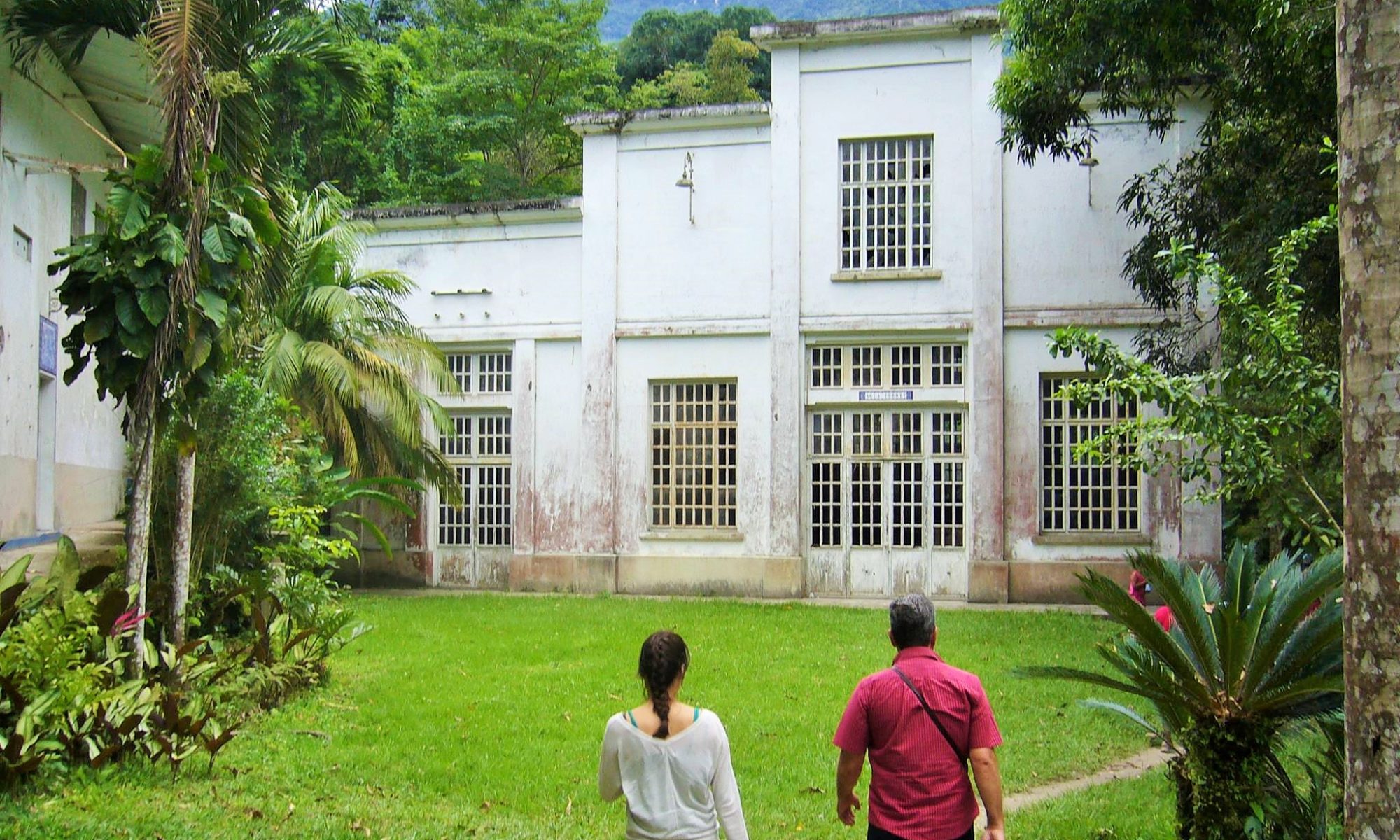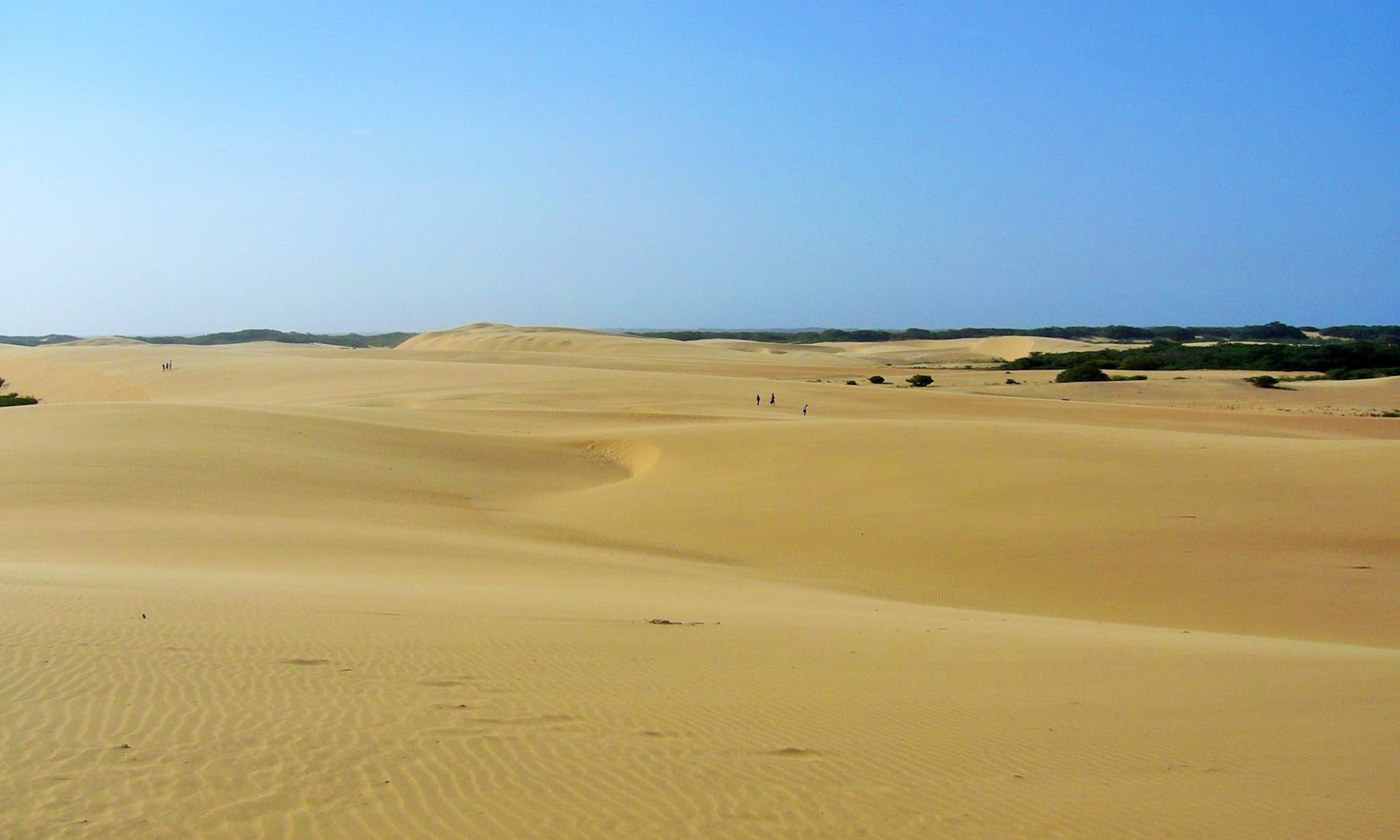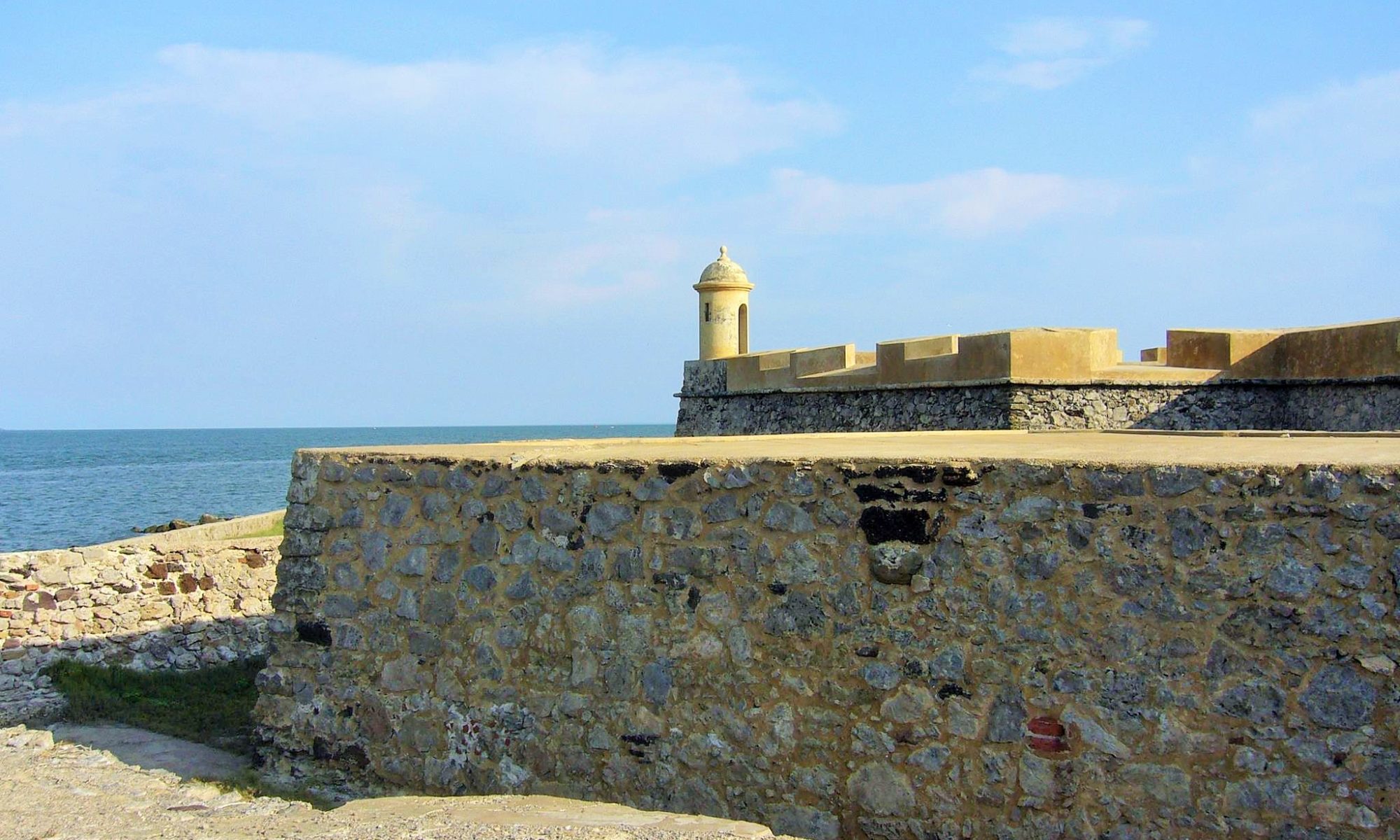Barichara is a municipality in the department of Santander and famous for its “Hormigas” – grilled and spice-flavoured ants. Yes, ANTS! Of course we tried some! The little village is located in the province of Guanentá at an altitude of about 1280 and close to San Gil. It´s a perfect dinner stop when you travel between Venezuela and Colombia. The colonial architecture is unique and well preserved. Here you can imagine how it was some centuries ago, the buildings and plazas didn´t change much. Around the city are wonderful mountains to explore, several hike routes are possible. If you are in a rush, stay the afternoon, try the Hormigas and check out the pueblo. If you have more time, stay for one or two nights.
>>> READ MORE
